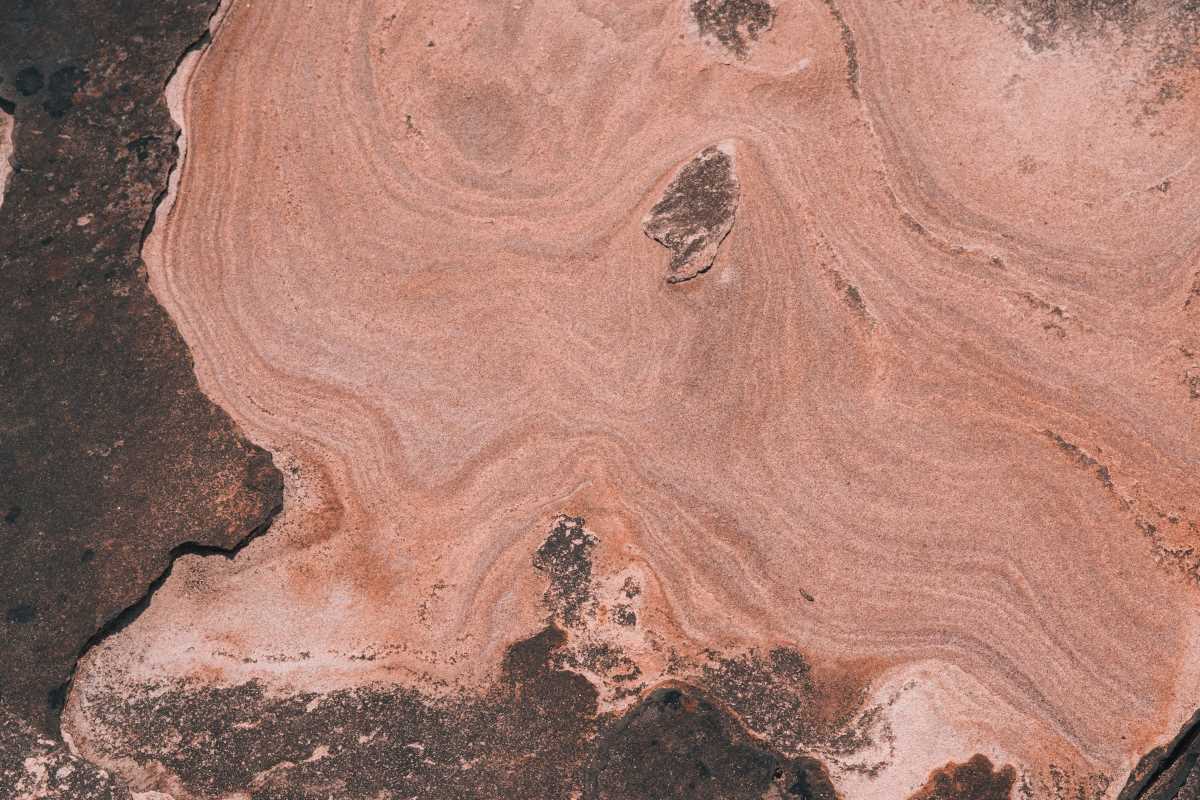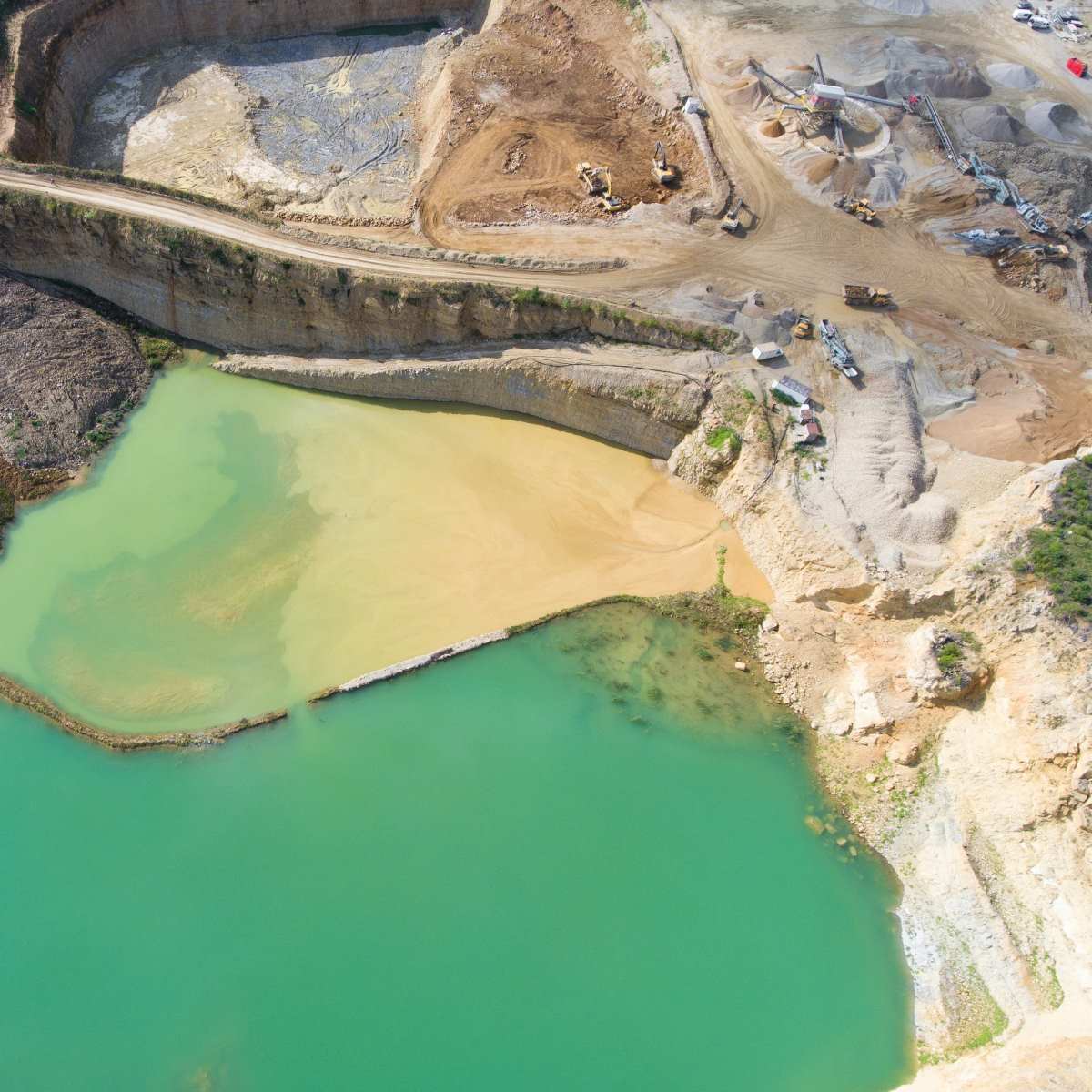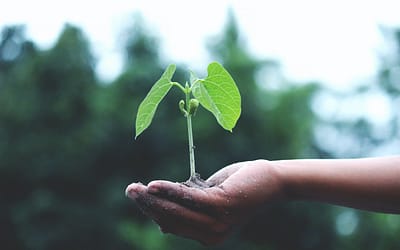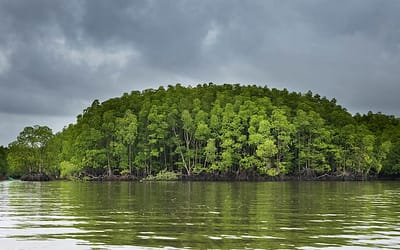This post was originally published on Luxiders
When you think of sand, you most likely think of deserts with their big sand dunes, kilometers of beaches and riverbanks or even the bottom of the ocean. Although it might seem different, sand is actually in a short supply. Here is why and what to do with that.
To receive the Luxiders Newsletter, sign up here.
Did you know that sand is everywhere? Often overlooked and taken for granted, it is one of the most essential resources on our planet. From concrete, which is the single most used material in the world, to glass that we all have in our houses, sand plays a crucial role in countless aspects of our daily lives. Second only to water, sand is the most used natural resource on the planet. According to the United Nations Environment Programme (UNEP), nearly 50 billion tonnes of sand that is extracted per year would be enough to build a nine-storey wall around the planet.
Think of the building you are living in, the road outside your house, your phone screen and even toothpaste. They are all made of sand, which we are running out of.
BUT DON’T WE HAVE DESERTS?
Sand is defined as having grains in size about 0,05-2mm. It can consist of different kinds of rocks, minerals and organic matter. Sand is formed by the weathering of mountains and eroding of rocks. When rocks are small enough, they make their way to the ocean by traveling down streams and rivers. Natural sand takes thousands and even millions of years to form. As a matter of fact, we extract it faster than it can be naturally restored.
But given that one-third of all the land on Earth is a desert, you’d think that getting sand and making sure that it is enough for years to come wouldn’t be a problem. However, the world’s tallest skyscraper, the Burj Khalifa in Dubai, was built with sand from Australia. So, why do countries with deserts import sand? The reason for this lies in the type of sand that is used in the construction. Different weathering processes make sand all around not the same. Sand in the desert is weathered by wind, which makes its grains very rounded, whereas sand worn by water has more jagged edges. Hence, desert sand is too smooth for most concrete because the grains don’t bond properly. Instead people mine sand from riverbeds, coastlines and the sea floor because the water-worn sand is rougher and the jagged edges of its grains connect with each other like puzzle pieces.
In-pursuit-of-Dune-Envisioning-the-Future-of-Sand
Towfiqu barbhuiya © via Unsplash
ISSUES CONNECTED WITH SAND MINING
The 2022 report from UNEP, Sand and Sustainability: 10 Strategic Recommendations to Avert a Crisis, notes that sand extraction is rising about 6 per cent annually, a rate it called unsustainable. A skyrocketed demand for sand is usually connected with the rapid urbanization that is taking place around the world. People are building more and more, especially in countries with emerging economies. It’s been estimated that over a half of the world’s cement is produced in China. India has become the second biggest cement producer. And Singapore has built artificial islands over the last half century.
Our enormous need for sand has caused some serious environmental issues. Sand mining from river systems causes their banks to erode and increases the risk of floods and pollutants of river basins. Approximately half a million people living along the Mekong River will need to be moved from collapsing riverbanks because of sand mining. In many countries, riverbed mining has been terminated due to its destructive consequences. As inland sand mining becomes limited, a greater demand on marine and coastal sand appears. However, dredging marine sand also destroys this ecosystem, killing marine organisms, demolishing coral reefs and affecting water circulation.
Since sand mining is so harmful for the natural habitat, some governments impose bans. However, the sand mining industry is, generally, badly regulated. The persisting demand for sand leads to violation of human rights and organized crime in some parts of the world. So called “sand mafias” operate all over the world exporting illegally mined sand. In her book Sand Stories: Surprising truths about the global sand crisis and the quest for sustainable solutions, Kiran Pereira cites a report from an environmental group that counted 193 people who died through illegal sand mining in India.

In-pursuit-of-Dune-Envisioning-the-Future-of-Sand
Beniamin Şinca © via Unsplash

In-pursuit-of-Dune-Envisioning-the-Future-of-Sand
Curioso Photography © via Unsplash
EXPLORING SOLUTIONS FOR SUSTAINABLE SAND MINING
One of the obvious steps to prevent the global sand crisis is cutting down the amount of concrete we use. This could include using more efficient concrete mixes with less cement or replacing it altogether with alternatives like timber or rammed earth.
The aforementioned UNEP report, Sand and Sustainability: 10 Strategic Recommendations to Avert a Crisis, proposed some solutions to the sand mining problem. One of the main is the creation of legal frameworks for sand extraction to regulate the industry and enforce rules to stop the illegal sand trade. The experts also emphasize a need to develop a circular economy, accurately map and monitor sand resources, and restore ecosystems damaged by sand mining.
The report identified recycling construction material from demolition sites and developing the potential of ore-sand, a by-product of mineral processing, as two important ways to reduce the consumption of sand. When the building is demolished, the waste can be crushed and mixed into cement. Germany sets a good example by recycling nearly 90% of its construction waste.
Finding and certifying sustainable sources of sand is one more step that we can make to mitigate sand extraction impact. Some researchers propose that Greenland could become a large exporter of sand if it collected the sediment from melting glaciers. Glaciers are filled with sand, and, since Greenland’s ice melts due to the climate change, it unearths and dumps a lot of potentially usable sand into the sea. As this sand is shaped by water, it can be suitable for construction.
Highlight Image: © Keith Hardy via Unsplash
+ Words:
Kseniia Gavrilova
Luxiders Magazine
Der Beitrag In pursuit of Dune | Envisioning the Future of Sand erschien zuerst auf Sustainable Fashion – Eco Design – Healthy Lifestyle – Luxiders Magazine.





0 Comments